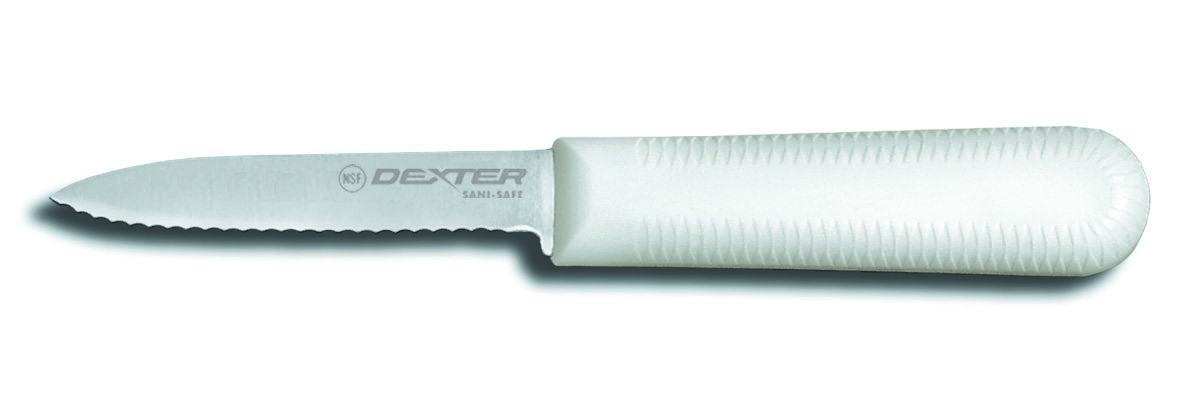Production of fermented dry sausages
Sausage fermentation has always been based on the presence of lactic acid bacteria in the meat and in the environment of the sausage factory. Before starter cultures were available the fermentation relied on the indigenous bacterial flora. Additionally, pre-salting favored and resulted in an increase in the number of lactic acid bacteria. The method was not always successful. Sometimes it resulted in an unfermented sausage with a high pH, growth of spoilage bacteria and in the worst-case growth of pathogenic bacteria. Sometimes also growth of undesirable lactic acid bacteria was seen, for example lactic acid bacteria with the ability to produce gas (heterofermentative strains).
As a part of the general improvement of hygiene and production methods the application of starter cultures is now widespread. Thus, not only is a uniform fermentation with the right lactic acid bacteria (homofermentative strains) secured, but also the color and flavor development are improved. Color development and stability are strongly influenced by selective strains of staphylococci that are applied as starter culture.
By and large the production method for fermented sausages is the same in most countries. That includes the mincing of the meat, the stuffing into casings and the fermentation of the sausages. The differences in the various national sausage types depend first and foremost on the composition of recipes, the degree of mincing of the meat, and the processing. To this must be added the fundamental difference between Northern and Southern European sausages. The Northern European sausages are typically smoked and dried, whereas the Southern Europe sausages are only dried and frequently moulded.








